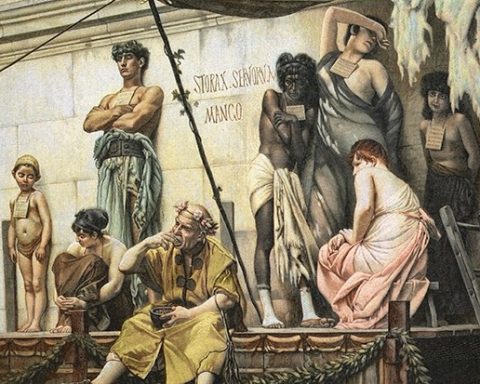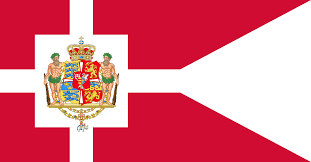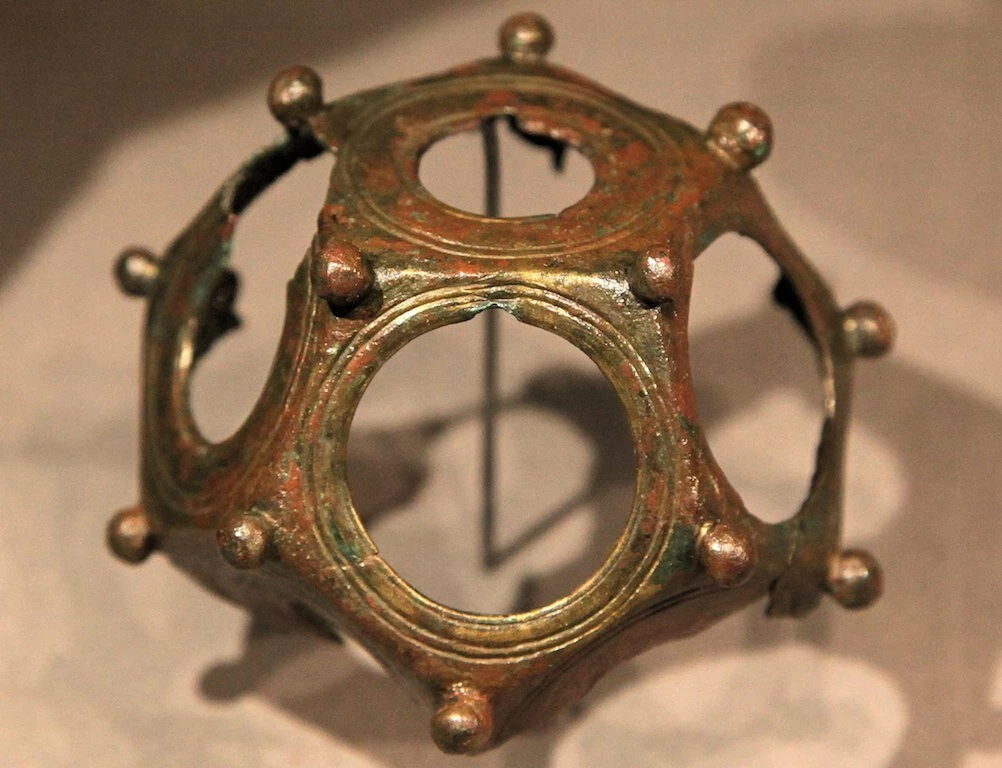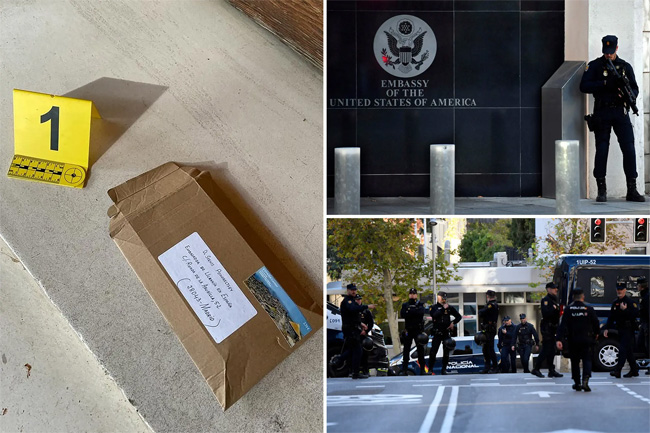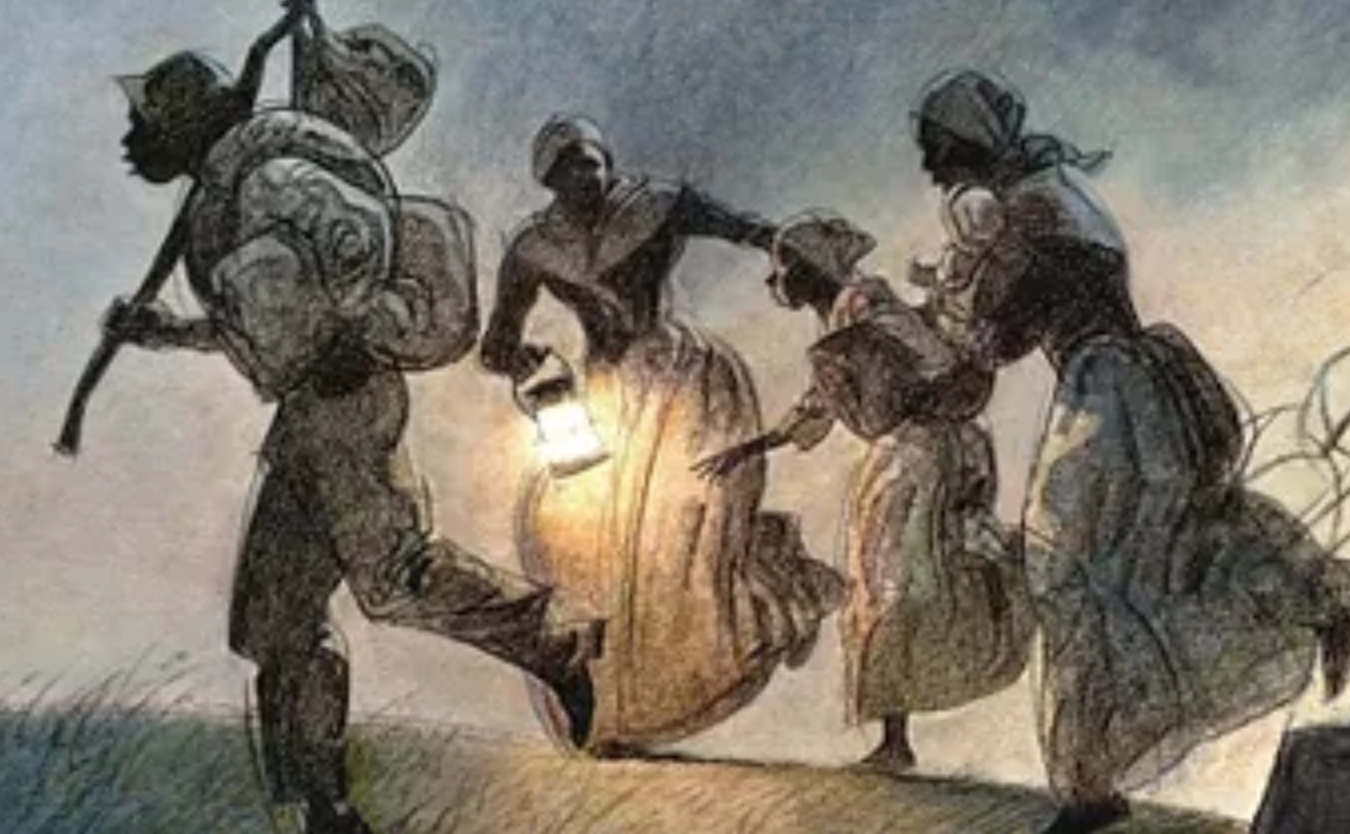
When slavery is discussed in the media and instructed in schools, almost no is references the solid and savage opposition that Africans set facing the enslavers and their associates. The courage of African predecessors is hidden mostly where no one will think to look with the new goal. Coming ages would have an image of powerless and crushed precursors.
Be that as it may, we think and act unexpectedly here at Freedom Essayists Africa. We comprehend the mental effect of not showing the individuals the courage of their predecessors. Thus we make a valiant effort to recount the rebellions and triumphs of African precursors. That way, those in this age will draw quality from their strength despite draconian experiences with the West.
The rebellions by enslaved Africans in the Americas, the West Indies and Europe began to increment around the 1700s. The revolt by Breffu and her kin occurred in 1733. It was a violent rebellion against the Danes, who around then were the European power who claimed the West Indies. Although before the Danes led and controlled the West Indies, it was first administered and constrained by the Spanish, the English, the French, and the Dutch, all from 1600 to 1718.
It was in 1718 that the Danes had complete control of the West Indies and set up their legislature and state. Also, after 15 years of their power, the Africans struck in defiance, which is recorded in history as the longest-enduring rebellion by enslaved Africans in America.
In November of 1733, Breffu drove other oppressed Africans from the Akan ethnic gathering of the Akwamu Kingdom of Ghana to assault the Danish armed force positioned in the West Indies. She was subjugated and claimed by Pieter Krøyer in Coral Inlet.
She arranged the defiance with another enslaved person called Christian. Two sovereigns from Ghana had the option to plot the revolt and afterwards assemble more than 150 of their subjugated kinfolk to go along with them in assuming control over the West Indies.
After they had all practised and closed their arrangements, they struck on the 23rd of November, 1733. That day, they previously approached their ordinary tasks. In case their lords and managers didn’t understand that they had shrouded cuts in the forested areas that they mainly conveyed to the fortification at Coral Sound.
After they had effectively entered Fortification Fredericksvaern with no doubts, the enslaved people executed an incredible number of the troopers in the stronghold. The battle was cruel, as the enslaved people murdered all fighters on the ground, aside from John Gabriel, who figured out how to get away. After he got away, he kept running off to alarm the Danish authorities, yet it was past the point of no return. Enslaved people assumed control over the fortress and terminated the gun in the post to flag their takeover to the other people who were pausing.
Brief and the others were sitting tight for the sign in the manors. When they heard the gun discharged, they started the second period of their assault. Breffu, joined by Christian, rushed into the home of her lord, Pieter Krøyer, and murdered him and his significant other. While they were busy, different enslaved people raged the weapons houses and held onto weapons, firearms and black powder.
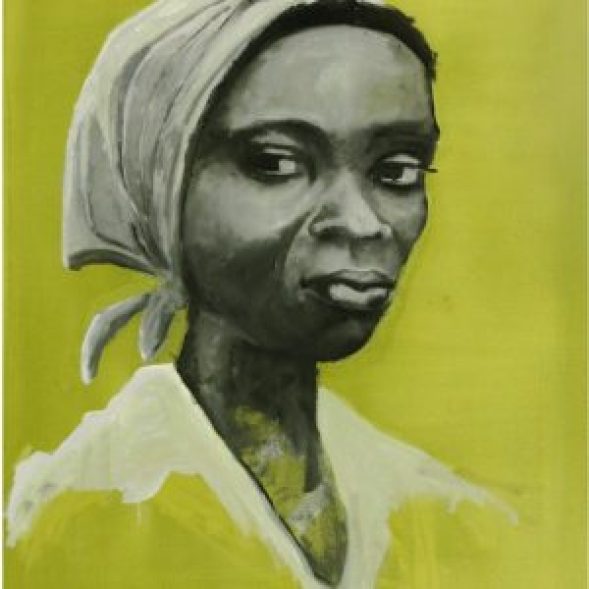
Brief and her military of dissidents additionally executed three individuals from the Van Stell. Perhaps the wealthiest family on the Island produced riches using the enslaved Africans’ blood, tears, and sweat.
A bunch of the slave aces and their managers had the option to escape from the Island on their vessels. At the same time, Breffu and the Akwamu individuals assumed responsibility and control of a larger piece of the Island. Brief and the Akwamu kept on controlling the Island till 1734 when the French military attacked the Island to seize and recover it for the Danes.
In April of 1734, while the French intrusion and fights were going on, Breffu and 23 different pioneers of the Akwamu dissidents played out a suicide custom and murdered themselves. They had seen that the war couldn’t be victorious. They took the bold way of custom suicide with the goal that they would not be caught and mortified by the French. Other radicals discovered their bodies at Tan’s straight a couple of minutes after the custom.
Be that as it may, despite the passing of Breffu and the 23 others, the dissidents kept battling and opposing the French for one more month. By May of that equivalent year, the Akwamu revolutionaries were conquered by the French armed force because the French would advise weapons and ammo. The staying of the Akwamu radicals was just executed in August of that equivalent year, and that denoted the finish of the slave disobedience of St John.
Breffu’s mental fortitude and administration were unparalleled. Also, more along these lines, it was stunning to the French armed force and the Danish authorities to discover that it was a lady who had driven the defiance. Be that as it may, how might they have ever presumed that the African lady is as solid and decided as the African man, if not more grounded now and again?
Breffu’s insubordination and accomplishments in the field of African opportunity are a good demonstration of the undying adoration for the chance to the Dark man. Stories, for example, assist us to every this age of Africans that they can accomplish more towards liberating themselves of Neo-pilgrim standards and abuse. Her story is one that we are most glad for.

